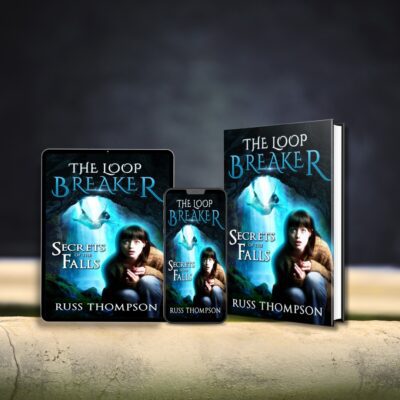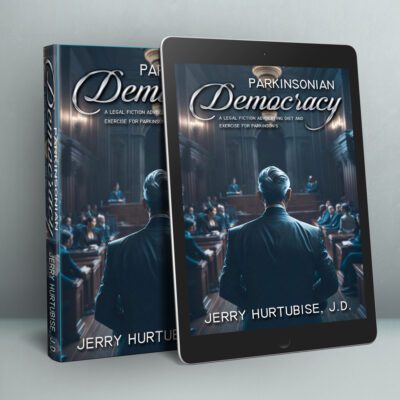Your story is progressing smoothly. The main plot is solid, your characters are growing, and everything’s falling into place. And yet… something still feels a little too predictable. That’s where subplots come in – those secondary storylines that can add emotional complexity, narrative texture, and surprising twists, keeping readers turning pages. Subplots in writing aren’t extras—they’re essential tools for tension, character growth, and theme.
Think of subplots as the scene-stealers at a holiday feast. The turkey (your main plot) may be the centerpiece, but the mashed potatoes? They’re unforgettable.
What Is a Subplot?
A subplot is a secondary storyline that runs parallel to your main plot. It typically involves supporting characters, explores different themes, or provides an alternate lens on your story’s central conflict. For example, Haymitch Abernathy’s backstory in Mockingjay or the presence of the Volturi in Twilight are subplots that enrich the main narrative.
Subplots in writing aren’t just filler. Done right, they’re the supporting actors of your story, sometimes even stealing the spotlight.
Why Subplots Matter in Fiction
1. They Add Depth to Your Characters
A single storyline can limit how much of your characters’ readers get to see. But a subplot can reveal different sides of them. Maybe your brave protagonist is also dealing with unresolved trauma, a troubled sibling, or an unexpected romance. These parallel threads make them more human and relatable.
Charles Dickens was a master of this. His novels often contained multiple intersecting subplots that brought his characters—and their world—to life.
2. They Increase Narrative Tension
A strong subplot raises the stakes in meaningful ways. Imagine a detective racing to solve a murder while also fighting for custody of their child. Now the case isn’t just about justice. It’s personal. The emotional pressure from the subplot can spill into the main storyline, deepening the drama.
How to Write Effective Subplots
Writing strong subplots is more than just adding side stories for variety. It’s about reinforcing your main plot, deepening character arcs, and adding thematic resonance. The best subplots feel inevitable, not incidental.
Here are three essential strategies to make sure your subplots enhance your story, not distract from it:
1. Connect Subplots to the Main Plot
Make your subplot serve the bigger picture.
A subplot should never feel random. The most compelling subplots are either thematically connected to the main story or intertwined with your protagonist’s central journey. This cohesion makes your entire narrative feel unified, purposeful, and emotionally satisfying.
Ask yourself:
- How does this subplot reflect or contrast with the main theme?
- Does it provide emotional stakes or a mirror to the main character’s internal conflict?
- Could the subplot affect the outcome of the main plot (even subtly)?
Example:
If your main plot is about a soldier struggling with loyalty and duty, a subplot could involve a sibling back home facing their own crisis of responsibility, creating a mirrored emotional arc that adds meaning to both storylines.
Pro Tip: Try writing your subplot’s “purpose statement.” If you can’t articulate how it supports the main story, it may need rethinking.
2. Don’t Overload Your Story
One strong subplot is better than five scattered ones.
It’s tempting to give every character their own mini arc, but overloading your story with too many subplots can dilute emotional impact and make your narrative feel unfocused. Instead, be strategic.
When planning subplots in writing:
- Choose 1–2 subplots that deepen your protagonist’s journey or challenge their goals.
- Avoid unrelated subplots that don’t pay off in the main story.
- If a subplot doesn’t interact with your theme, conflict, or climax, consider trimming or merging it.
Example:
In Harry Potter and the Prisoner of Azkaban, the Marauder’s Map subplot ties directly into themes of identity, trust, and hidden truths. It serves the main story without pulling attention away from the central mystery.
Pro Tip: For ensemble casts or multi-POV novels, it’s even more important to ensure each subplot has a clear purpose and resolution.
3. Structure and Pace with Intention
Introduce, build, and resolve your subplots with care.
Just like your main plot, subplots need proper setup, development, and payoff. Avoid dropping them in for a few chapters and forgetting about them until the climax. Readers will notice and feel cheated.
Consider this three-act structure for subplots:
- Act 1: Introduce the subplot early with a hook or seed.
- Act 2: Build tension, conflict, or character development within the subplot.
- Act 3: Resolve or reveal its impact, whether it’s emotional, thematic, or plot-related.
Also, consider where in your story a subplot emerges. Introducing too many subplots at once can overwhelm the reader. Spacing them out allows breathing room and builds narrative rhythm.
Example:
In The Hunger Games, the subplot of Peeta’s love confession begins subtly and grows throughout the story, eventually affecting Katniss’s strategy and internal conflict. It’s paced beautifully to align with key moments of the main plot.
Pro Tip: Use scene planning tools or color-coded outlines to track subplot development alongside your main plot. This helps you spot pacing issues or dropped threads.
Common Subplot Ideas That Work
Need inspiration? Here are a few classic subplots that consistently work in fiction:
- The Romance: Even dystopian rebels need a love interest.
- The Rivalry: A personal nemesis outside the main conflict adds extra drama.
- The Secret: What’s a story without a hidden truth threatening to come out?
- The Mentor: A mentor-mentee dynamic can reveal emotional growth and inner conflict.
Writer’s Trivia:
Shakespeare loved subplots. In A Midsummer Night’s Dream, the lovers’ quarrels may feel central, but the actual plot focuses on the mischievous fairy world. Still, it’s the subplots that many audiences remember most.
Final Thoughts on Subplots in Writing
Writing subplots is a bit like juggling: challenging, but highly rewarding when done well. The key is to keep each subplot moving, make sure it complements (not competes with) the main story, and wrap it up with purpose.
Used strategically, subplots create a more immersive and emotionally resonant experience for your readers. They give your main story “friends,” deepen your characters, and ensure your narrative stays compelling from start to finish.







